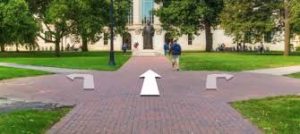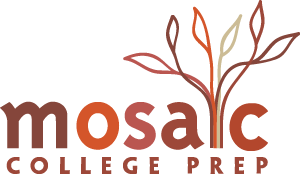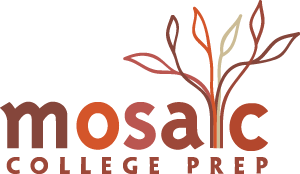In a normal year, guessing about whether colleges will offer admission to students on their waitlists (and how many) is a shot in the dark. With covid-19, waitlists are even more unpredictable. We are living in unprecedented times, which means we can’t easily look to history to give us a sense of what will happen next. But, while we can’t know for sure what’s on the horizon, we do know a few things that give us clues:
No one is able to visit college campuses right now. While some colleges have adjusted the deadline for admitted students to claim a space to June 1st, many are keeping the deadline May 1st. This means that this year many more students –maybe than ever before– will be deciding on where they will enroll without having setting foot on that campus, relying instead of virtual college tours and Zoom panels. Without normal April events like on-campus visits and open houses, yield (how many of a college’s admitted students choose to enroll) may look very different than in a normal year.  While some colleges baked this uncertainty into the calculation when they sent off decision letters, no one really knows how these restrictions will translate to enrollments. Uncertainty often points to waitlist activity.
While some colleges baked this uncertainty into the calculation when they sent off decision letters, no one really knows how these restrictions will translate to enrollments. Uncertainty often points to waitlist activity.
Students who stay on waitlists may be more likely to accept offers. Without visits, students may feel less of an early connection to the place where they initially put down a deposit. Often on-campus programs “seal the deal” when it comes to a student’s comfort level and enthusiasm for a college. Without these experiences, which encourage admitted students to picture themselves living and studying on a campus, students may feel more flexible about changing their minds later into the summer, especially if opportunities to visit campuses comes back into the mix.
 The impact of the economy is an open question. Most economists predict that we are headed for a long recession because of the impact of Covid-19 on businesses, but it’s hard to know how that will play out when it comes to college enrollment. It might lead to more students choosing to take a gap year or to spend a year (or two) at community college before transferring. It could mean more students will choose public schools in-state over private schools. Or, we might not see any of these trends playing out since we are still at the very beginning of this economic downturn and the effects haven’t really played out yet.
The impact of the economy is an open question. Most economists predict that we are headed for a long recession because of the impact of Covid-19 on businesses, but it’s hard to know how that will play out when it comes to college enrollment. It might lead to more students choosing to take a gap year or to spend a year (or two) at community college before transferring. It could mean more students will choose public schools in-state over private schools. Or, we might not see any of these trends playing out since we are still at the very beginning of this economic downturn and the effects haven’t really played out yet.
Will students feel comfortable going to college far from home? Covid-19 has made us all homebound and has highlighted the challenges of travel during a pandemic. Incoming college students may feel less inclined to travel out of state because they want to be closer to family in the months ahead. Or, being at home for so long might have the opposite effect with students anxious to get out and have a new adventure. It’s hard to know how these effects might play out.
We might see more behavior that the National Association of College Admission Counseling (NACAC) deems unethical, like students putting down deposits at two different schools on May 1st because they don’t feel like they have enough information just yet to make a choice. Hopefully we will not see an uptick in this behavior; not only is it ethically questionable (and unfair to the colleges and to other students), but colleges retain the right to rescind an offer should it come to light that a family has “double deposited.” This obviously could make early class counts less clear, which could lead to more waitlist activity later.
While we can only guess, it’s reasonable to assume that the closure of college campuses and the uncertainty of the times will play a role in how students choose their college and how committed they are to that choice throughout the summer. While we can’t know how that will impact any specific college, it wouldn’t be surprising to see plenty of waitlist activity in the general.
For more information on waitlists and how they work, check out our other blog post there!

